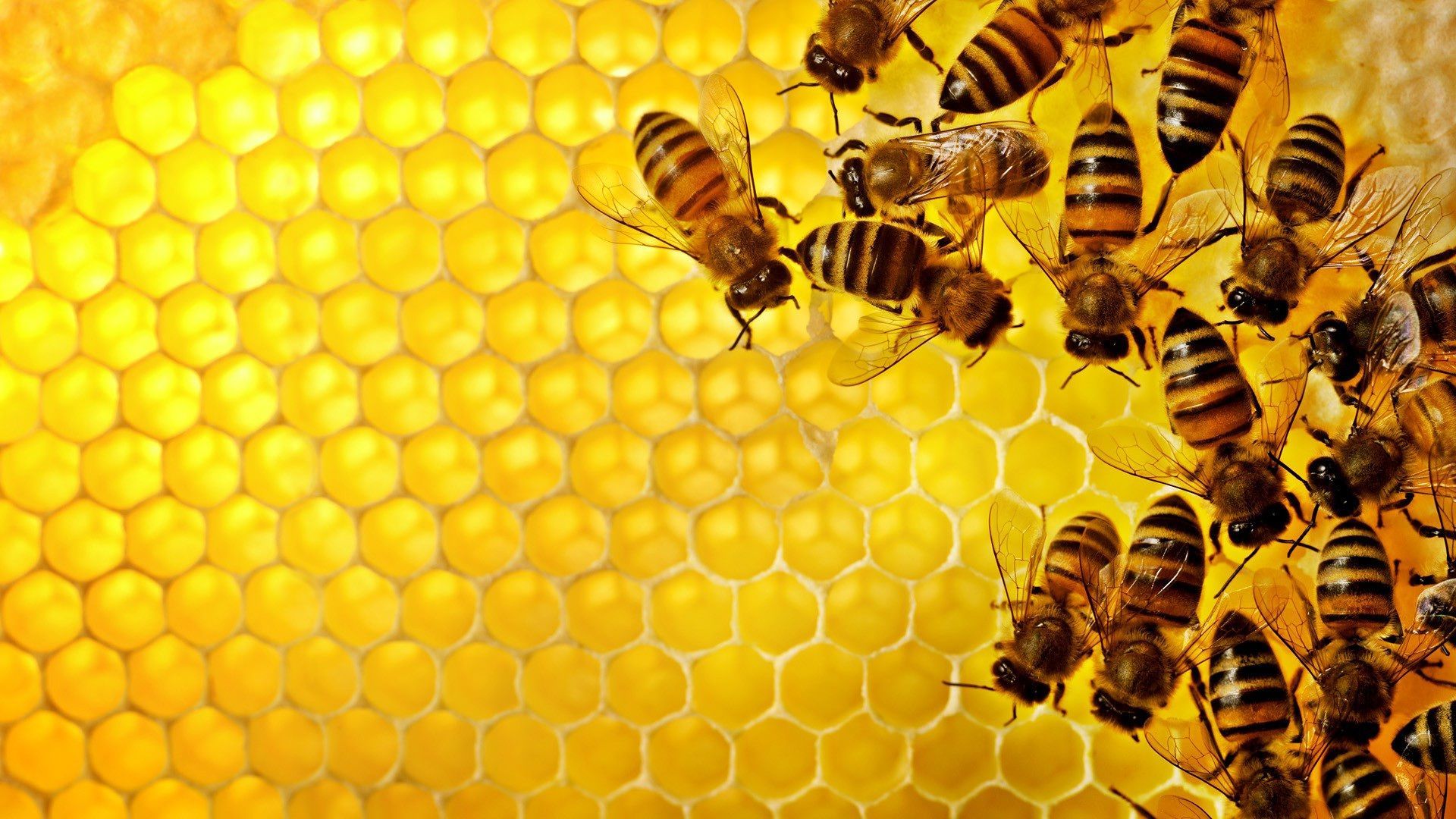



Article by: Hari Yellina
Today commemorates the 200th anniversary of the arrival of seven honey bee colonies in Australia, which spawned an industry that currently generates $14.2 billion in annual revenue for the country. Trevor Weatherhead, chair of the Australian Honey Bee Industry Council, said honey bees had become crucial to Australians’ health and nutrition since March 9, 1822, and had played a significant part in improving communities around the country. “Today, over 1800 commercial beekeepers not only have a fascinating job, but they also produce world-class honey that is in high demand both locally and internationally,” Mr Weatherhead added.
Beekeepers and their honey bee colonies provide important pollination services to two-thirds of Australia’s food industry crops, in addition to providing the highest-quality honey with flavours unique to the flora. Thousands of beehives are transported across Australia each year during the flowering season of horticultural and agricultural crops to provide pollination services critical to the production of some of Australia’s favourite foods like almonds, apples, avocadoes, pumpkins, blueberries, and many others, which would be missing from our diets if honey bees were not present. Since 1962, when the institution of a research, development, and extension tax for honey producers to fund industry development also created an important information collection instrument, reliable historical data on the sector has been accessible.
Mr Weatherhead added that data currently revealed that the number of hives retained by commercial beekeepers had expanded by more than 100 percent since the levy was introduced 60 years ago, suggesting a significant increase in productivity – principally in pollination services. Jacob Stevens, a fourth-generation beekeeper from Warwick, said his great grandpa began the family tradition with a few beehives in the 1940s. Mr Stevens explained, “In the early days, a lot of work was done in the field using mobile extracting units and tents, and it was quite labour intensive and often hot.” “Now that we have much better road infrastructure, mechanical aids to lift beehives, and contemporary trucks and equipment, we can bring honey home and process it in our sheds,” says one beekeeper.
Mr Stevens said the family business had expanded to manage over 1500 beehives while working alongside his father and brother. “We’ve been selling honey to a commercial honey packer for around 60 years, and we also travel about 1000 kilometres from home to produce honey and provide pollination services,” he explained. “With the increased demand for pollination services, which has also been a very beneficial source of revenue during drought periods, beekeepers in our country have a bright future.” “We’re also seeing a significant trend of consumers becoming more aware of where their food comes from and purchasing locally to support Australian farmers.” Mr Weatherhead believes that all Australians can help honey bees survive for the next 200 years. “Buying 100 percent Australian made honey and making informed shopping decisions will make a great difference to our beekeepers and the numerous agricultural industries that rely on honey bees for their existence,” he said.